Scientific name Vinca major Rank Species | Genus Vinca Higher classification Periwinkle | |
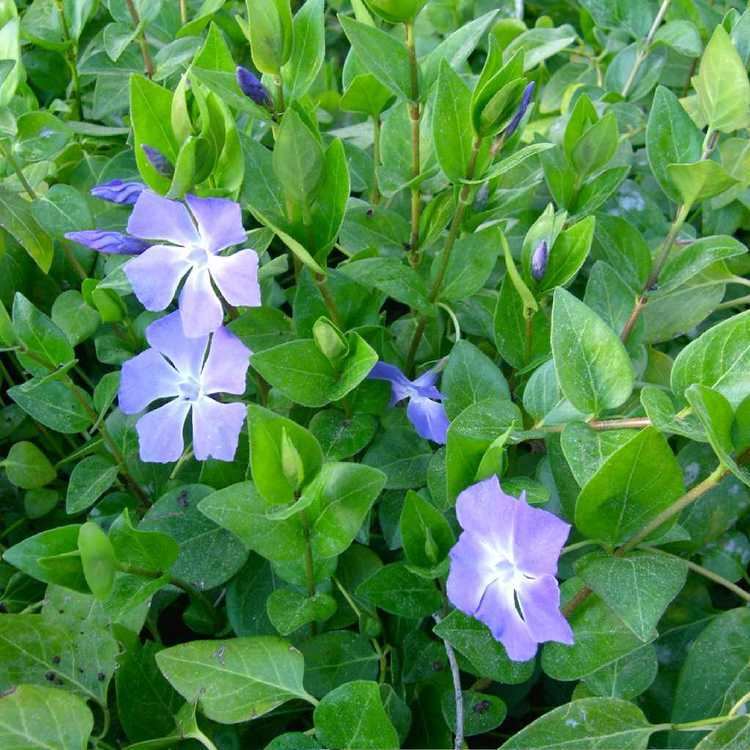 | ||
Similar Periwinkle, Vinca minor, Catharanthus roseus, Apocynaceae, Catharanthus | ||
Growing caring for foliage plants how to transplant vinca major
Vinca major, with the common names bigleaf periwinkle, large periwinkle, greater periwinkle and blue periwinkle, is species of flowering plant in the family Apocynaceae, native to the western Mediterranean. Growing to 25 cm (10 in) tall and spreading indefinitely, it is an evergreen perennial, frequently used in cultivation as groundcover.
Contents
- Growing caring for foliage plants how to transplant vinca major
- Vinca major periwinkle
- Etymology
- Description
- Distribution and habitat
- Subspecies
- Cultivation
- Invasive plant species
- References
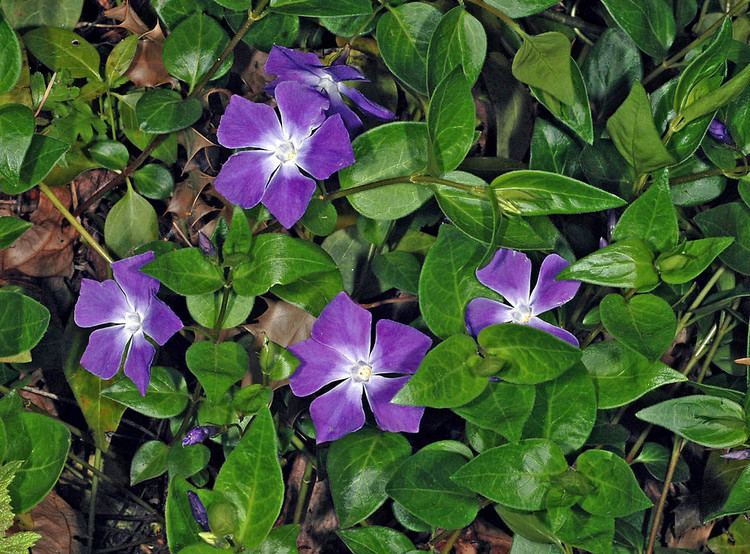
Vinca major periwinkle
Etymology
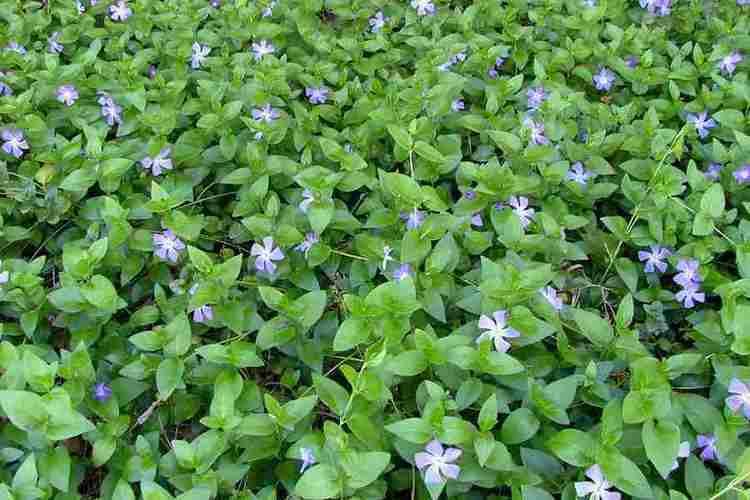
The genus name probably derives from the Latin word vincire, meaning bind, as the long creeping vines were used to prepare garlands. The species name major refers to the larger size in respect of the similar Vinca minor L.
Description
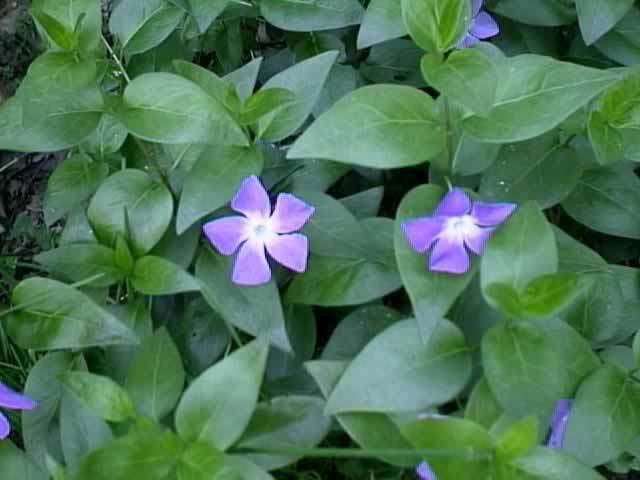
Vinca major is a trailing vine, spreading along the ground and rooting along the stems to form dense masses of groundcover individually 2–5 m across and scrambling up to 50–70 cm high.
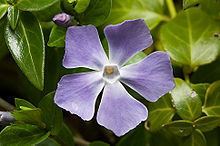
The leaves are opposite, nearly orbicular at the base of the stems and lanceolate at the apex, 3–9 cm long and 2–6 cm broad, glossy dark green with a leathery texture and an entire but distinctly ciliate margin, and a hairy petiole 1–2 cm long.
The flowers are hermaphrodite, axillary and solitary, violet-purple, 3–5 cm diameter, with a five-lobed corolla. The calyx surrounding the base of the flower is 10–17 millimetres (0.39–0.67 in) long with hairy margins. The flowering period extends from early spring to autumn.
Distribution and habitat
This species is found in southern Europe and northern Africa, from Spain and southern France east to the western Balkans, and also in northeastern Turkey and the western Caucasus. It prefers moist undergrowth, woodlands, hedgerows and banks along the rivers at an altitude of 0–800 metres (0–2,625 ft) above sea level. It grows well in full sun and in deep shade.
Subspecies
There are two subspecies, with geographically separate ranges:
The closely related Vinca minor is similar but smaller, with narrower, hairless leaves.
Cultivation
Vinca major is a commonly grown ornamental plant in temperate gardens for its evergreen foliage, spring flowers, and groundcover or vine use.
Many cultivars are available, with differences in flowers, such as white to dark violet flowers, and different patterns and colors of variegated foliage. The cultivar 'Variegata' has gained the Royal Horticultural Society's Award of Garden Merit.
Invasive plant species
Vinca major is an invasive species in temperate parts of the United States, Australia, and New Zealand. It is especially a common noxious weed 'smothering' native plants and diversity in riparian area and oak woodland habitats of coastal California. It forms dense strands that envelop other plant life and can prevent saplings and shrubs from growing by blocking out the light. Periwinkle moves from place to place, with unintentional human help, in dumped garden waste or as plant fragments carried along in water.
